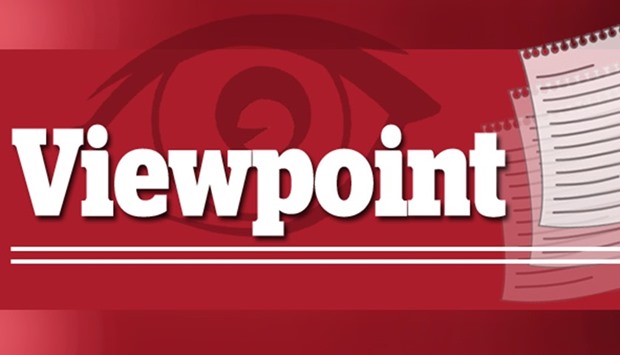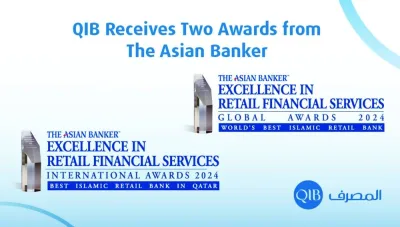While S&P recently affirmed Qatar’s long- and short-term ratings on Qatar at ‘AA-/A-1+’, Fitch expects Qatar’s fiscal deficit to narrow despite the unjustified economic blockade on Qatar from June last year.
The ratings affirmation, according to S&P, reflects its expectation that the authorities will continue to actively manage the downside impact of the blockade while preserving Qatar’s core rating strengths, including strong public finances.
Analysts believe the high level of government assets will remain a core strength of Qatar’s rating.
In an update, the global rating agency said Qatari government has taken measures to support confidence in Qatar’s banking system, including the repatriation into the domestic banking system of $43bn (26% of GDP) in public sector – mostly Qatar Investment Authority (QIA) – assets, previously held abroad.
Fitch expects its headline measure of Qatar’s fiscal deficit to decline to 2.5% of GDP in 2017 from 5.1% in 2016, including estimated investment income of the Qatar Investment Authority (QIA).
The demand for recent bond and loan placements by QNB suggest continued interest among non-resident institutional investors (primarily from Asia-Pacific) in exposure to the country, the report said, adding international oil companies are keen to participate in expanding Qatar’s liquefied natural gas production.
Highlighting that there are also signs of broader economic resilience, Fitch said the central bank data show non-resident interbank and customer deposits at Qatar’s commercial banks grew in December for the first time since June, when Saudi Arabia, the United Arab Emirates, Bahrain and Egypt severed diplomatic, financial and trade links with Qatar and closed air, land and sea borders.
Qatar’s GDP grew 1.1% in the first three quarters of 2017, after a second-quarter contraction, while imports have rebounded, reflecting the substitution of Saudi Arabia and the UAE in supply chains.
The government’s narrow tax base means revenues depend far more on hydrocarbons than on the rest of the economy. But steady economic performance could reduce the need to support the private sector and give the authorities confidence to continue fiscal reforms such as implementing value added or excise tax, which has been postponed.
Qatar’s rating is supported by the strong net external asset position. Asset market returns in 2017 supported QIA assets, and may have offset the public sector’s estimated $32bn deposit injection into the banking sector in June-December.
S&P expects Qatar’s liquid external assets to continue to offset the country’s stock of debt by a sizeable margin.
The analysts also expect Qatar to continue with key macroeconomic policies of fiscal consolidation and the economic-growth-enhancing $200bn infrastructure development plan for 2014-2020 (16% of GDP on average over the period).
Two things are very clear from observations made on Qatar recently by premier international rating agencies.
The high level of government assets still remains a core strength of Qatar’s rating.
And in comparison with regional peers, Qatar’s fiscal deficits have been modest and its financing strategy remains crystal clear.



